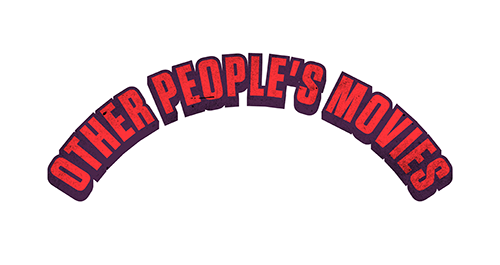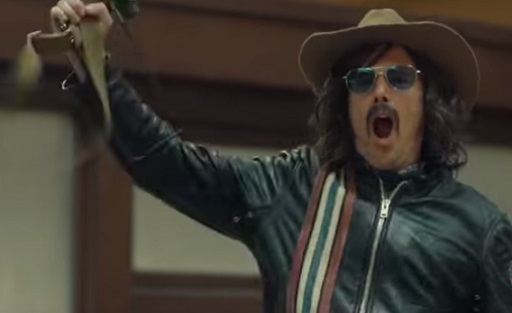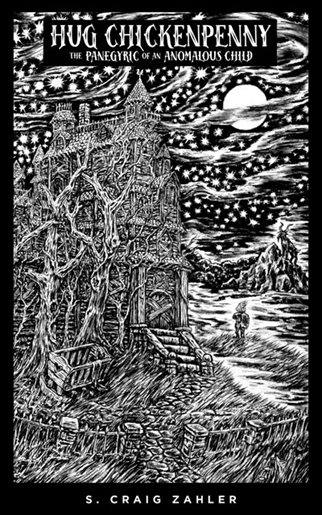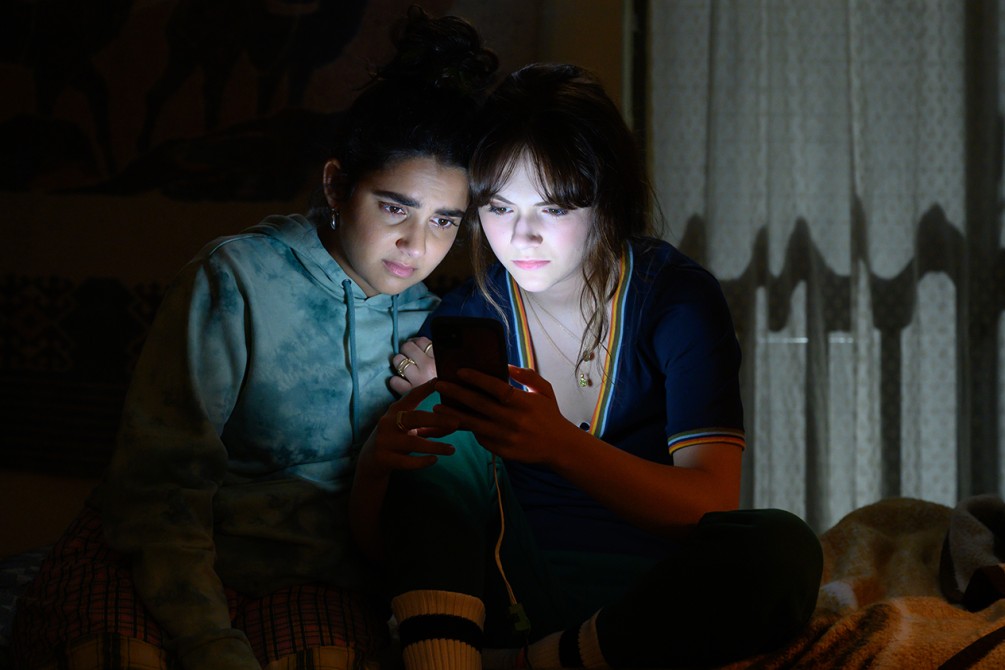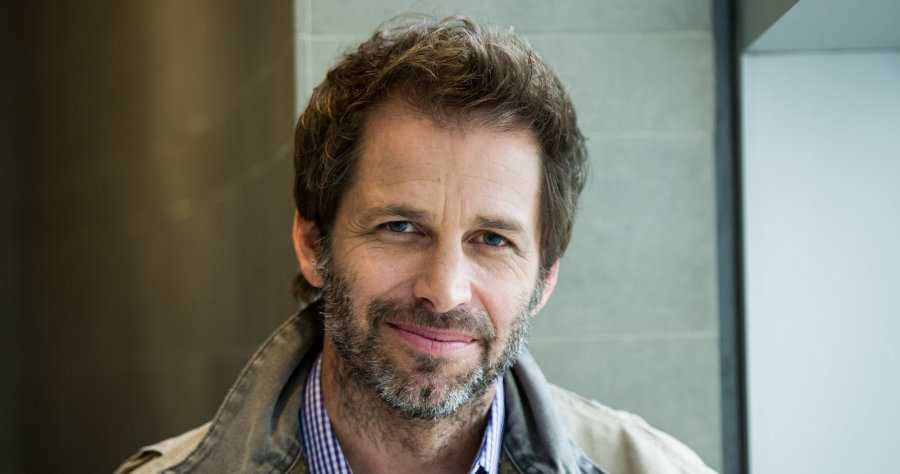
Zack Snyder is a great filmmaker who has yet to make his definitive masterpiece. He perhaps never will. He may very well be destined to create flawed, overstuffed, obsessively and minutely detailed, innovative-to-the-point-of-being-distracting, and overwhelmingly bold movies for the rest of his career. And, if appearances are not deceiving, that should suit him and his loyal fan base just fine.
James Cameron is correct. Zack Snyder is a visionary. He is developing the language of cinema and pushing it to new boundaries right before our eyes. What he does oftentimes appears ridiculous. Sometimes, that’s because it is. Other times, it’s simply because he’s showing us something that we’ve never quite before seen. Love it or hate it, Snyder’s work contains exceptionally strong choices and there is a consistency of vision in each film that should be applauded for existing in the first place.
In the digital age, there is not a more innovative force behind the camera than Snyder. He doesn’t simply use modern digital technology to mimic older films like many filmmakers do today. He uses it to present and explore an entirely new aesthetic, one that is created by heavy color contrasting, multiple image layering, seamless editing, and countless other tricks that can only be done with ones and zeros.
When examining and ranking Snyder’s body of work, it is important to note the growth from his earlier films to his more recent ones. Every film he has made to date, no matter how successful or unsuccessful it ultimately is, builds off of the previous one and expands upon its ambition. Snyder’s work, for better or worse, just keeps getting bigger. Whether or not it’s getting better is a matter of debate, but it’s impossible to deny that Zack Snyder is, at the very least, attempting to reach grand new heights with each new film he directs.
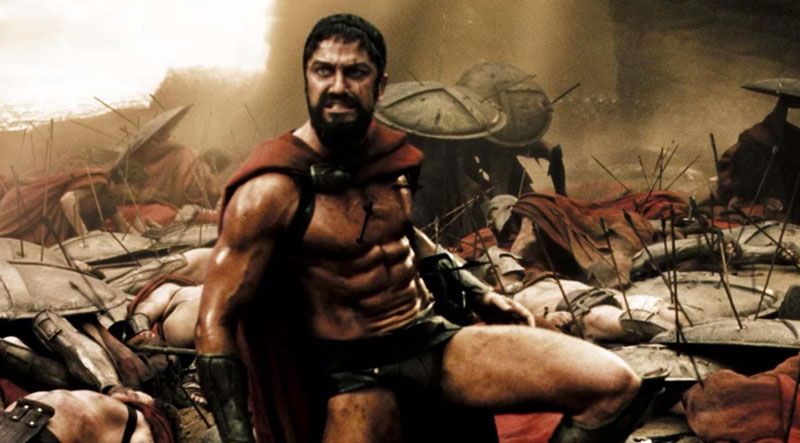
9. 300 (2006)
Snyder’s first comic adaptation is based on Frank Miller and Lynne Varley’s graphic novel about 480 BC’s Battle of Thermopylae, in which 300 Spartans (along with hundreds of Thespian and Theban soldiers) fought off an army of 100,000 Persians for three days. The film is undeniably a technical marvel. Its muted, highly contrasted color palette and its heavily stylized scenes of graphic violence (featuring Snyder’s signature alternation of super-slow-motion and regular motion in the same shot) were unprecedented at the time of the film’s release.
The film lacks heart and character, however. It is so focused on being an excessive, adolescent-minded glorification of warfare that it forgets to provide its audience with moments of identifiable humanity. The audience is merely a spectator to the events of 300, never provided with the necessary emotion to be a participant. While the film is a massive accomplishment that pushed numerous technical boundaries at the time of its release, 300, ultimately, best served as a steppingstone for Zack Snyder. It provided him with the opportunity to show off his capabilities, and its success enabled him to pursue works that were far richer thematically.
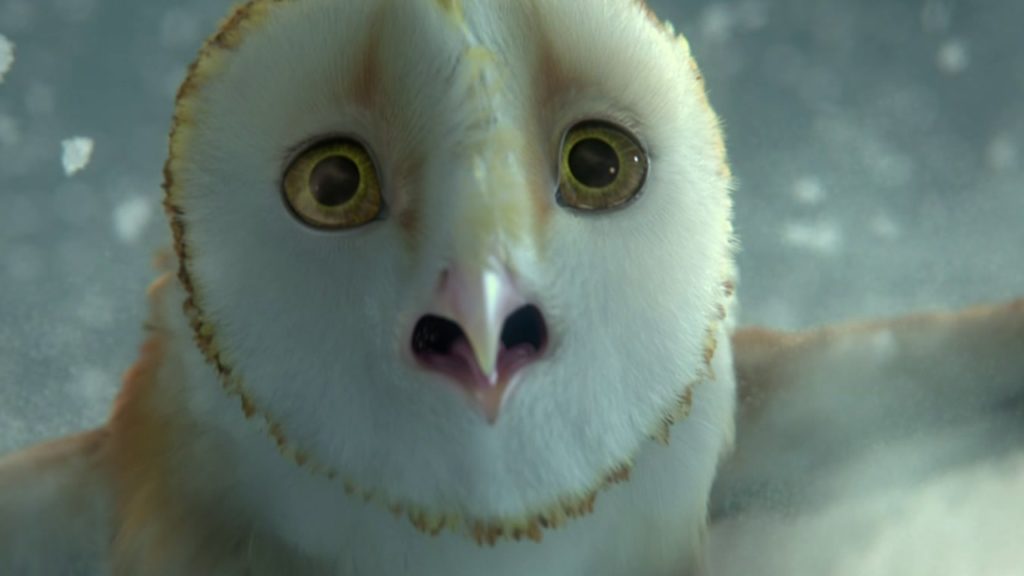
8. Legends of the Guardians: The Owls of Ga’hoole (2010)
Based on the popular young adult book series by Kathryn Lasky, Legends of the Guardians: The Owls of Ga’hoole is a fascinating tonal mess brought to life with some gorgeously detailed digital animation. His first foray into 3D, this is Zack Snyder trying to be family-friendly and the results are predictably mixed. Centering on a group of young, innocent owls trying to escape an evil owl army that wants to turn them into thoughtless soldiers, the film doesn’t quite know to whom it’s trying to appeal.
Cute voices, some adorable designs, and Owl City’s poppy theme song are at odds with the intensity of the action scenes, the threatening presence of the villains, and Snyder’s hyper-stylized vision in general (it’s almost comical to see the owls fly—300-style–into super-slow motion then quickly speed up in a moment of action). There is still much to admire about Legends of the Guardians. It’s a visually gorgeous movie and it’s interesting to see Snyder push himself out of his comfort zone and try something new. The film may not fully succeed, but it’s an interesting experiment, nonetheless.

7. Batman v Superman: Dawn of Justice (2016)
At the time of its release, Batman v Superman: Dawn of Justice fell victim to many things. Hype and audience expectations were chief amongst them, but the film itself undeniably contained several flaws in the very fabric of its design. Batman v Superman is a lot of movie, arguably too much movie. It has too many characters, too many storylines, and it rushes to a climax that feels like a modestly forced set-up for the next series of films in the DCEU.
All that being said, time has been kind to Zack Snyder’s second attempt at bringing Superman to the screen. After the film’s theatrical release, there was an Ultimate Edition released on home video, which added over a half-hour of footage to the theatrical release’s two-and-a-half-hour runtime. This footage enriched the film to an absolutely necessary degree. The story is less cluttered, character motivations are far clearer, and the film, in general, doesn’t feel like it’s in such a rush to reach its next grand step. While the Ultimate Edition can’t fully save the film from some of Zack Snyder’s over-ambitions, it does manage to make it far more palatable.
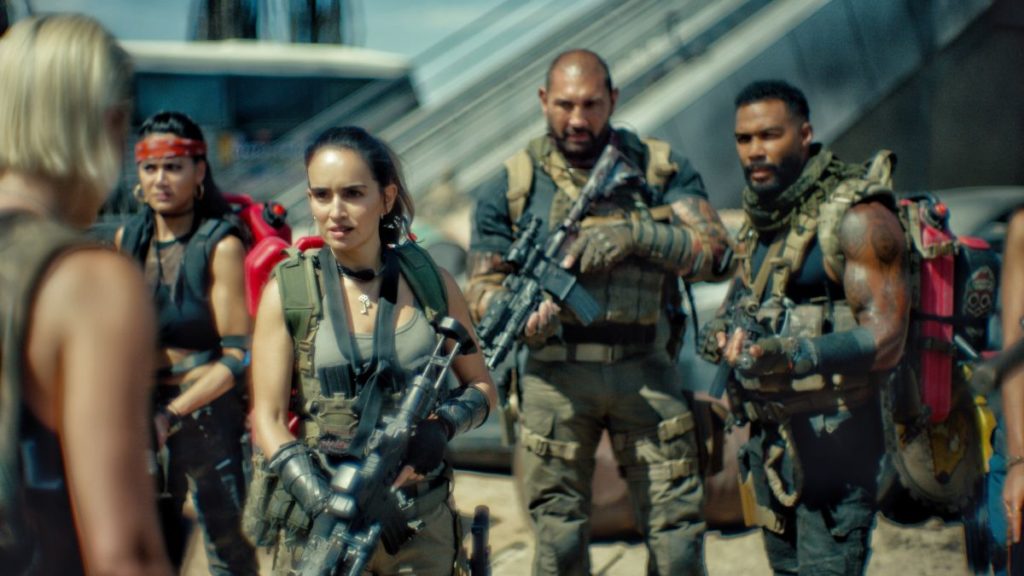
6. Army of the Dead (2021)
Snyder’s most recent film takes him back to his roots. Army of the Dead is, first and foremost, a zombie movie (like his directorial debut, Dawn of the Dead) that is designed to be little more than a good, predictably amped-up time. Gone is the somber, intense tone of Snyder’s comic book adaptations. In its place are frenzied, hyper-driven escapist sensibilities that unabashedly produce extreme entertainment value. Army of the Dead may not be Snyder at his best, but it is Snyder at his most personal (he co-wrote the script and served as his own cinematographer), carefree, and fun.
Snyder’s hyper-digital aesthetics are also put aside for a more grounded approach and feel this time around. Though there are plenty of digitally created moments and characters in the film, Army of the Dead looks and feels more naturalistic than any Snyder film has since his debut over fifteen years ago. The more tangible approach Snyder takes makes the action all the more engrossing, but the film also stumbles in its attempts at character development and drama. A forced estranged father/daughter subplot (between stars Dave Bautista and Ella Purnell) only drags down the pacing of the two-and-a-half-hour film significantly and does little to enrich the characters or their relationship.
Army of the Dead serves as a showcase for Zack Snyder’s greatest strengths and his biggest weaknesses. While they are both wholly present, Snyder’s strengths ultimately come out on top in a film that, despite its faults, can’t help but be an excessively bloody good time.
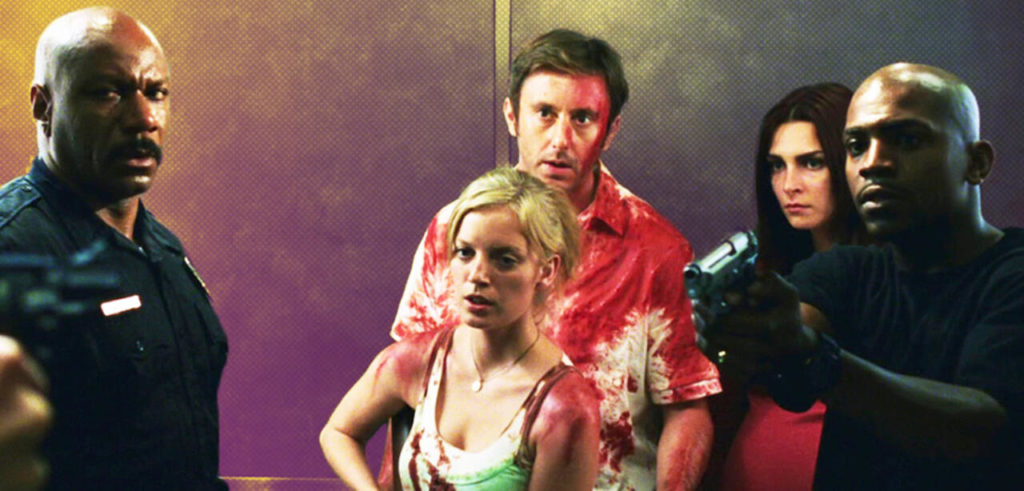
5. Dawn of the Dead (2004)
After years of directing television commercials and music videos, Snyder made an excellent feature debut with this slick-yet-gritty remake of George A. Romero’s zombie horror classic. Snyder’s take on the genre is a predictably amped-up one, filled with countless (almost fetishized) shots of discharged, slow-motion bullet rounds and enough carnage to satisfy the cravings of even the most jaded horror aficionado.
With the shortest runtime of Snyder’s career to date, Dawn of the Dead is unrelenting. It moves just as fast as the hyper-kinetic zombies within it and with equally chaotic energy and flow. The film contains unforgettable moments of terror (the birth of the zombie baby probably reaches the top of the list) and expertly staged sequences of riveting suspense.
Written by James Gunn (with some uncredited rewrites by heavyweights Scott Frank and Michael Tolkin), the film also features some of the most developed and rich characters of any Snyder film to date. Actors as talented as Sarah Polley, Ving Rhames, Jake Weber, Mekhi Phifer, Matt Frewer, and Ty Burrell get to sink their teeth into some meaty characters in-between moments of mayhem.
Dawn of the Dead is an unforgettable debut for Zack Snyder, one that is very carefully balanced with equal amounts of relatable humanity and audaciously aggressive horror.
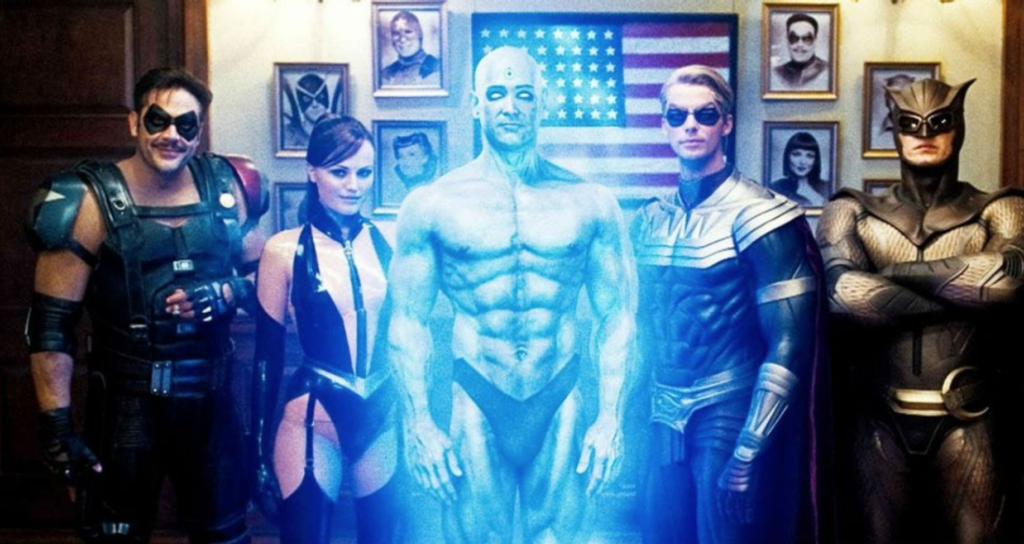
4. Watchmen (2009)
After the breakout success of his first two movies–Dawn of the Dead and 300—Snyder took on the highly ambitious task of adapting one of the most complex and beloved graphic novels of our time. Considered by many to be unfilmable, Alan Moore’s and Dave Gibbons’ intricate and dense work went through various aborted productions before Synder saw it through, with such filmmakers as Terry Gilliam, Darren Aronofsky, and Paul Greengrass attached to direct at different times. The final result begat predictably mixed reactions, as Snyder’s adaptation of Watchmen is both fiercely loyal to its source material and not without some fairly hefty artistic licenses.
Through and through, Watchmen is indisputably a Zack Snyder film. It can’t help itself from going high-octane with its presentations of violence, even though one could argue such a method misunderstands the graphic novel’s intentions. Moore’s and Gibbons’ book took the mythology of superheroes and brought it down to a human and tangible reality. Snyder’s film has the characters, in their most extreme moments, go into some otherworldly and stylized bouts of mayhem that feel like they belong in animation rather than reality. While this hyper-real approach gets the audience into the mindset of the characters, it also occasionally and quite heavily dips the movie into a rather juvenile quality.
It’s still impossible to deny that there are some truly masterful moments in Zack Snyder’s Watchmen. Dr. Manhattan’s backstory is told with the emotion and sensibilities of a Terrence Malick film. Snyder’s use of Cavalleria Rusticana’s “Intermezzo” over Night Owl’s final battle helps the scene reach beautifully bittersweet and audaciously epic heights. A love scene between two masked and suited vigilantes—accompanied by Leonard Cohen’s “Hallelujah”—is one of the grandest, sexiest, and funniest love scenes in any comic book movie ever made. Despite some scenes playing like a teenage boy’s interior fantasy life, there are also many complex situations and themes in Watchmen that are explored and presented with mature artistry.
Whatever faults it may have due to Snyder’s embellishments, adapting Watchmen into a feature film was a massive accomplishment, and it deserves respect and praise. No adaptation from any director was ever going to please everyone or be fully faithful to the intricacy of the graphic novel. Snyder came as close as anyone could have. Though some of his personal touches may have missed the mark, Watchmen’s attributes far outweigh its faults, and the film’s overall impact is undeniably and unforgettably powerful.
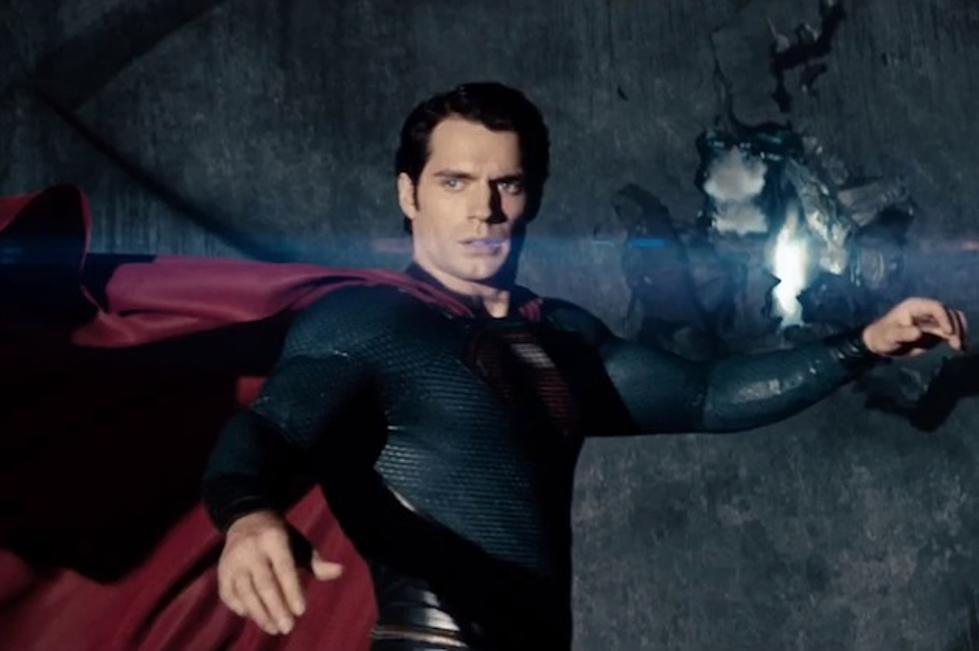
3. Man of Steel (2013)
Snyder’s first attempt at bringing Superman to the screen was a sizable enough hit that it served as a springboard for a new series of films in the DCEU. Audiences and critics, however, had heavily polarized reactions to Snyder’s take on the iconic character. Taking a cue from Chris Nolan’s (who served as an executive producer on this film along with his wife, Emma Thomas) then-recent Dark Knight trilogy, Man of Steel takes a grounded approach to bring the superhero to the screen.
The American icon, in Snyder’s and screenwriter David S. Goyer’s (who also co-penned Nolan’s Dark Knight films) hands, is no longer the squeaky-clean Boy Scout that was featured in the original comics and previous film adaptations. Now, he is a more honest and raw depiction of what such a being actually would be in reality: a confused alien lost in a world that needs him as much as it fears him. Despite his many strengths and good intentions, Snyder’s Superman has anger, fear, and other such inherently human flaws.
You have to have an open mind to appreciate Zack Snyder’s Superman. Hardcore comic fans primarily reacted to the film with anger at the time of its release, feeling that Snyder had betrayed the very core of what their beloved character stands for. The point many fans missed, however, is that Snyder’s interpretation of Superman is just that: it’s his interpretation.
Man of Steel is not a definitive representation of Superman, it’s a new take on the character, much in the same way different comic writers and illustrators will interpret iconic characters when they take over a title’s run for a spell. The film is a wild alternative take on a classic character, much like an out-there storyline by Grant Morrison or Frank Miller. It’s trying to do something different with something wholly familiar, and it’s only natural that negative reactions would arise from such an attempt. Man of Steel is a thoughtful, inventive, and daring piece of entertainment, one that takes one of the most recognizable and fantastical characters from American popular culture and, quite refreshingly, brings him down to Planet Earth.
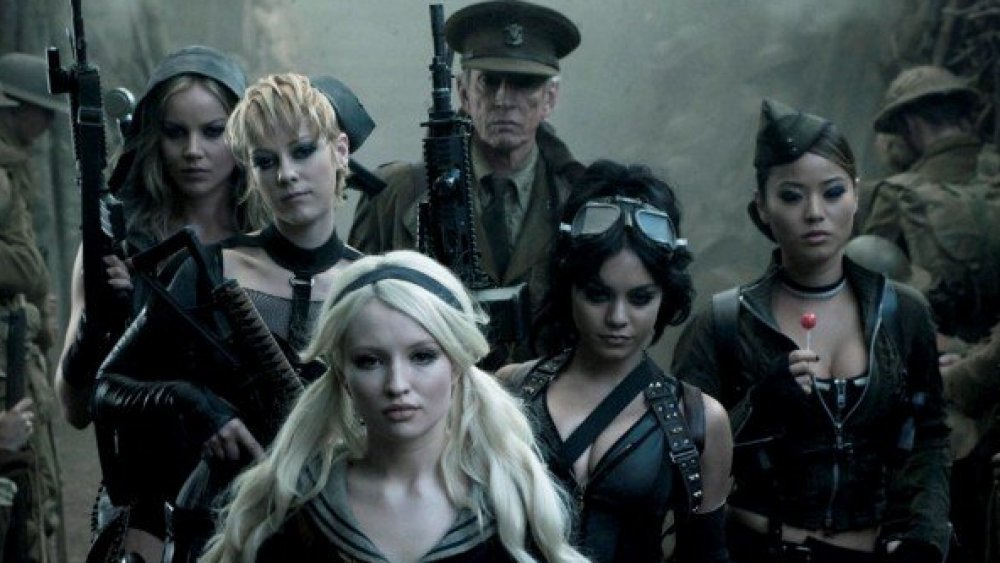
2. Sucker Punch (2011)
Snyder’s first attempt at directing original material (the film is based on his story and co-written by Snyder along with Steve Shibuya) was not particularly well-received or successful at the time of its release. Sucker Punch, a film that is essentially about the dissociative mental state of an abused teenage girl, is, indeed, a tough pill to swallow. As is often the case with Snyder’s work, however, those who love the film tend to really love it, and for good reason.
Sucker Punch can appear downright silly on its surface. At first glance, the film has all the qualities of a brainless adolescent male fantasy, one filled with pouty-lipped, gun-toting girls in short skirts and tight tops. Dwelling on such aspects can only lead to missing what’s so special about the film, however. Sucker Punch intelligently uses the expectations of its male-oriented pop culture influences against its audience to prove its ultimate point all the more powerfully.
The hodgepodge of anime, comic books, rock n’ roll, musicals, science fiction, and WWII memorabilia that defines the film stylistically creates a familiar world with the promise of skin-deep pleasures. As the film progresses, however, viewers will find that the film’s style is merely a façade representing the protagonist’s fractured and victimized mindset. The world of Sucker Punch is aware of being an excessive male fantasy, and the female characters within it ultimately find the strength within themselves to combat it instead of drowning in it.
Nothing is as it appears to be in the film. The result is the ultimate thematic sucker punch: it sneaks up on you and smacks you in the face in the film’s final moments, saving its best and most astute observations for last. Sucker Punch is Zack Snyder at his most thoughtful and his most unfiltered. It’s the type of costly and risky film—like Zardoz or Brazil (to which this film owes a significant artistic debt)—that could only be made by a filmmaker at the height of his success and abilities. Artistically challenging films like it are something Snyder’s biggest fans hope to see him produce more of in the future.

1. Zack Snyder’s Justice League (2021)
There are many reasons to appreciate—perhaps even love—Zack Snyder’s Justice League, the filmmaker’s third and, most likely, final entry in the DCEU. First and foremost, you have to admire the fact that it even exists. Due to a family tragedy (and some hefty disagreements with the studio), Snyder had to initially drop out of the production after it had already been filmed. Joss Whedon then took over reshoots and the reshaping of the film in the editing room. Whedon’s attempt to steer the film away from Snyder’s serious-minded sensibilities and to a more Avengers-friendly direction was mostly met with negative reactions. The resulting 2017 theatrical cut was something of a Frankenstein’s monster: a complete tonal mess with some entertaining bits that felt like it had been stitched together by a committee, not the singular voice it needed.
After years of internet rumors, it was finally confirmed that a Snyder cut of the film did, indeed, exist (though a heavy amount of VFX work still needed to be completed) and that it would premiere on the up-and-coming streaming service, HBO Max, in March of 2021. It all managed to work out for the best for the film, as home viewing turned out to be the perfect setting for Snyder’s epic, four-hour-long vision. Zack Snyder’s Justice League is the fullest, most rewarding, most developed, and most ambitious film he has ever attempted. While it may not quite need four hours to tell its story (a robust three-hour version could have been the perfect compromise for the initial theatrical release), it is a film whose execution has to take its time to fulfill its maximum potential impact.
Zack Snyder’s Justice League features many classic DC heroes: Superman, Batman, Wonder Woman, Aquaman, The Flash, and Cyborg. Like Watchmen before it, Zack Snyder’s Justice League is a superhero ensemble. Every character needs to be distinguished and given their own arc. Snyder, along with screenwriter Chris Terrio, achieves this quite elegantly in his cut of the movie. While Snyder’s take on these characters may not appeal to hardcore comic fans’ classic expectations, they do manage to be the most relatable, human, and endearingly eccentric characters of any Zack Snyder film to date. Snyder’s film makes certain the audience knows each character inside and out before it moves on to its next amazing set piece (of which there are many), and it understands that, without its massive heart, the action is utterly meaningless.
Zack Snyder’s Justice League was designed to be the beginning of something great. It is an intelligent, artistically minded superhero film that was made for adults. While we will most likely never get to see any more of Snyder’s take on the DCEU, his cut of Justice League, at the very least, gives his fans much room to dream about what could have been. Zack Snyder’s Justice League tries to do something different within a popular form and it succeeds brilliantly. It’s the movie Zack Snyder has been building up to for his entire career, and it’s quite possibly the one for which he’ll be the most remembered.
